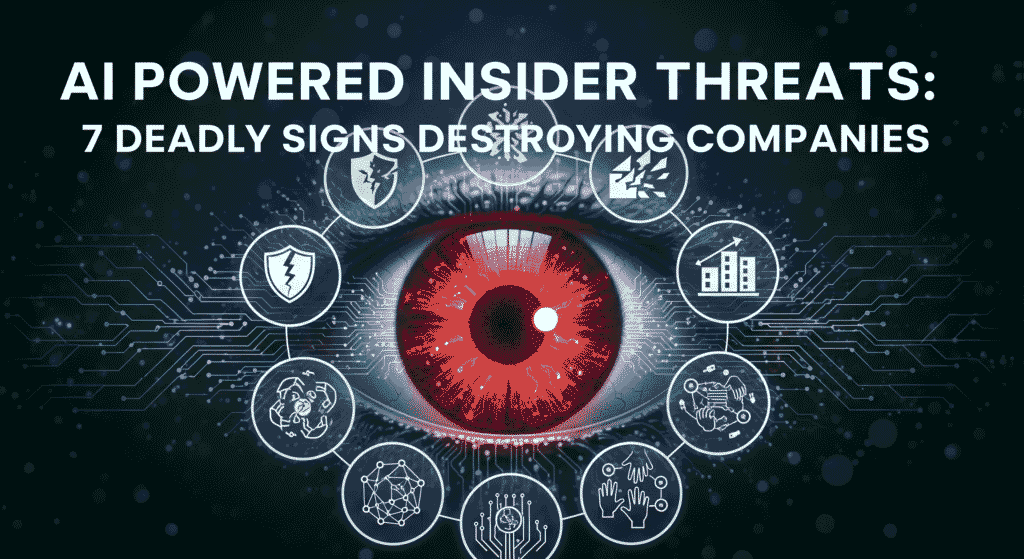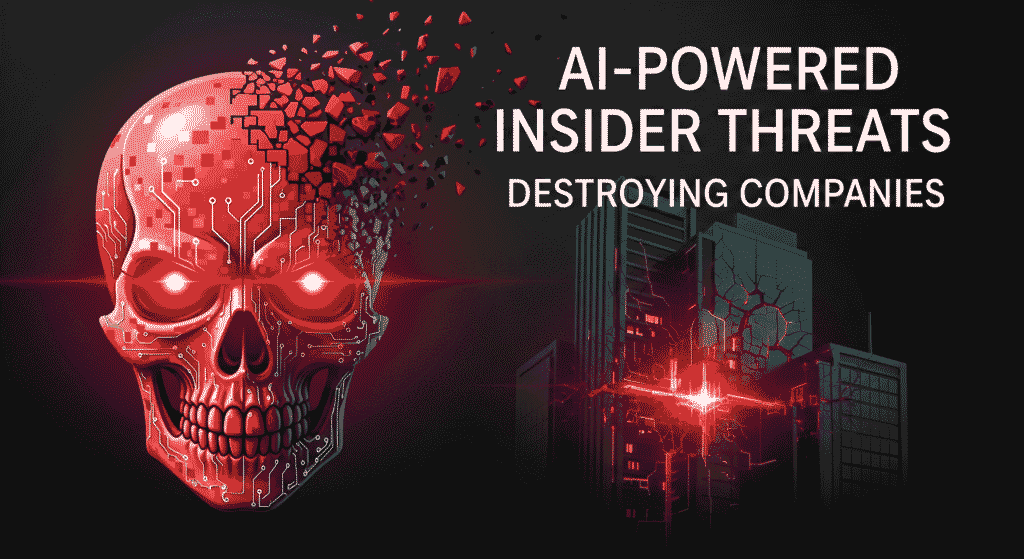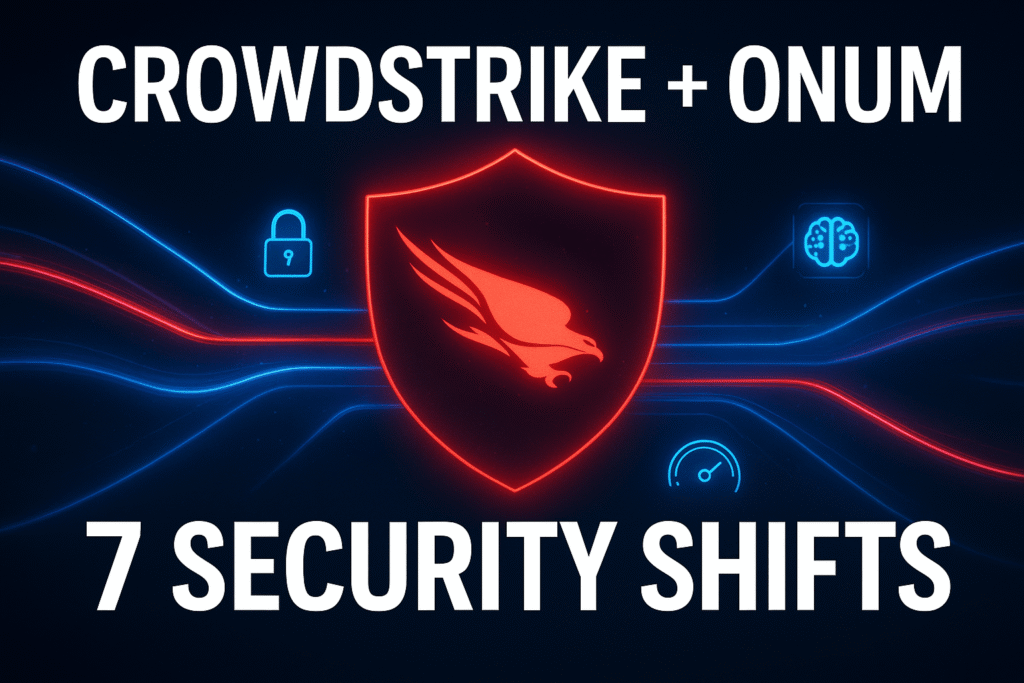When you typed ‘AI powered insider threats’ into Google at 1 a.m., you weren’t hunting for fluff—you needed answers fast. I’ve been there, staring at security alerts while wondering if your traditional defenses can handle threats that think and adapt like humans but operate at machine speed.
The landscape has fundamentally shifted. AI agents are now acting as insiders, spoofing trusted identities and operating at machine speed, creating a new category of security challenge that goes far beyond the disgruntled employee scenarios we’ve prepared for.
The Bottom Line: AI Powered Insider Threats Fundamentals
AI powered insider threats represent a paradigm shift where artificial intelligence enables both external attackers and internal bad actors to operate with unprecedented sophistication. Unlike traditional insider threats, these attacks leverage machine learning to adapt in real-time, making them nearly invisible to conventional monitoring systems. 93% of security leaders are bracing for daily AI attacks in 2025, yet most organizations remain unprepared for threats that originate from within their own networks.
The 7 Most Critical AI Powered Insider Threats to Recognize
Understanding these emerging threat patterns will help you identify vulnerabilities before they’re exploited:
- Generative AI Data Exposure: Employees unintentionally sharing sensitive information with AI platforms like ChatGPT or Google Gemini creates massive data breach risks you might not even detect until it’s too late.
- AI-Powered Social Engineering: AI has enabled malware-free tactics, automated lateral movement, and scaled social engineering that can fool even your most security-aware employees.
- Credential-Based AI Attacks: Massive rise in credential theft through mobile phishing tactics now enhanced by AI that learns from successful attempts and optimizes attack vectors automatically.
- Adaptive Malware Systems: Malware powered by AI can autonomously adapt to security defenses, altering its code to evade detection, making signature-based detection virtually useless.
- Identity Spoofing at Scale: Attackers can impersonate executives or employees to execute fraudulent transactions or leak confidential data using AI that perfectly mimics communication patterns.
- Behavioral Camouflage: AI systems that study normal user behavior patterns and perfectly mimic them while conducting malicious activities, staying invisible to traditional insider threat detection systems.
- Supply Chain AI Infiltration: AI-powered tools and applications depend heavily on the collection and maintenance of vast amounts of data, creating new attack vectors through seemingly legitimate AI integrations.
How AI Powered Insider Threats Impact Your Organization

The implications extend far beyond technical security concerns. When AI systems can operate as perfect insiders, your entire trust model collapses. 91% of enterprises had users trying to access DeepSeek AI within weeks of its launch in January 2025, yet most had no security policies in place for such tools.
This creates a cascade of risks across your organization. Your employee data security protocols become insufficient when the threat isn’t just human error or malicious intent, but AI systems that can analyze your security posture and find optimal attack paths. Traditional monitoring that looks for unusual human behavior patterns fails when AI can perfectly simulate normal behavior while conducting malicious activities.
The financial and reputational damage from AI-powered insider breaches often exceeds traditional external attacks because they appear to come from trusted sources, making them harder to detect, contain, and explain to stakeholders. Your organization’s credibility suffers when breaches appear to originate from your own employees or systems.
According to Verizon’s 2024 Data Breach Investigations Report, insider threats account for 20% of data breaches, but AI-powered variations can amplify both the speed and scale of damage exponentially.
Defending Against AI Powered Insider Threats: Your Action Plan
Building resilience against AI cybersecurity risks requires a fundamental shift in your security approach:
- Implement Zero-Trust AI Policies: Create specific governance frameworks for AI tool usage across your organization. Every AI interaction should be logged, monitored, and subject to data classification rules. Don’t wait for employees to request access to new AI tools—proactively identify and evaluate them.
- Deploy AI-Aware Monitoring Systems: AI-powered security solutions such as user and entity behavior analytics (UEBA) enable businesses to analyze the activity of devices, servers, and users to identify anomalous behavior that traditional systems miss. Your monitoring must evolve to detect AI-generated activities.
- Create AI-Specific Incident Response Plans: Traditional incident response assumes human-speed attacks. AI can escalate and spread in seconds. Your response procedures need automated containment triggers and AI-specific forensic capabilities to handle machine-speed threats.
- Establish AI Training and Simulation Programs: Chimera offers a way to produce large, diverse, and realistic insider threat datasets for testing your defenses. Regular tabletop exercises should include AI-powered scenarios to train your team.
- Implement Data Classification for AI Contexts: Every piece of data in your organization needs classification that considers AI exposure risks. What happens if this information gets fed into an AI system? Build those considerations into your data governance framework.
- Deploy Continuous Behavioral Baselining: Since AI can mimic normal behavior patterns, your systems need to establish and continuously update behavioral baselines for all users and entities. Look for subtle deviations that might indicate AI-assisted activities.
- Create AI Threat Intelligence Partnerships: SpyCloud Investigations with AI Insights helps security teams act fast using intel from billions of breach, malware, and phishing records. Partner with threat intelligence providers who specifically track AI-powered attack techniques and indicators.
Frequently Asked Questions (FAQ)
How do AI powered insider threats work exactly?
AI powered insider threats operate by leveraging artificial intelligence to either enhance human attackers’ capabilities or to act autonomously as digital insiders. These systems can analyze your organization’s behavior patterns, communication styles, and security protocols to conduct attacks that appear completely legitimate while operating at machine speed and scale.
What are the signs of AI insider threats?
Key indicators include unusual data access patterns that perfectly mimic legitimate user behavior, communications that seem authentic but contain subtle inconsistencies, rapid lateral movement through systems without triggering traditional alerts, and simultaneous activities across multiple accounts that would be impossible for human users to coordinate.
How can companies prevent AI insider threats?
Prevention requires a multi-layered approach combining AI-aware monitoring systems, zero-trust policies for AI tool usage, continuous behavioral analysis, employee training on AI risks, and incident response plans specifically designed for machine-speed attacks. Regular testing with AI-powered simulation tools helps identify gaps in your defenses before real attacks occur.
The reality is stark: generative AI security challenges are no longer theoretical. They’re happening now, at scale, in organizations just like yours. The question isn’t whether you’ll face AI-powered insider threats, but whether you’ll be ready when they arrive. Your next security review should start with this simple question: “If an AI system had the same access as our most trusted employee, what could it accomplish before we noticed?” The answer will guide your priorities for the challenging months ahead.
To read more about AI click here



